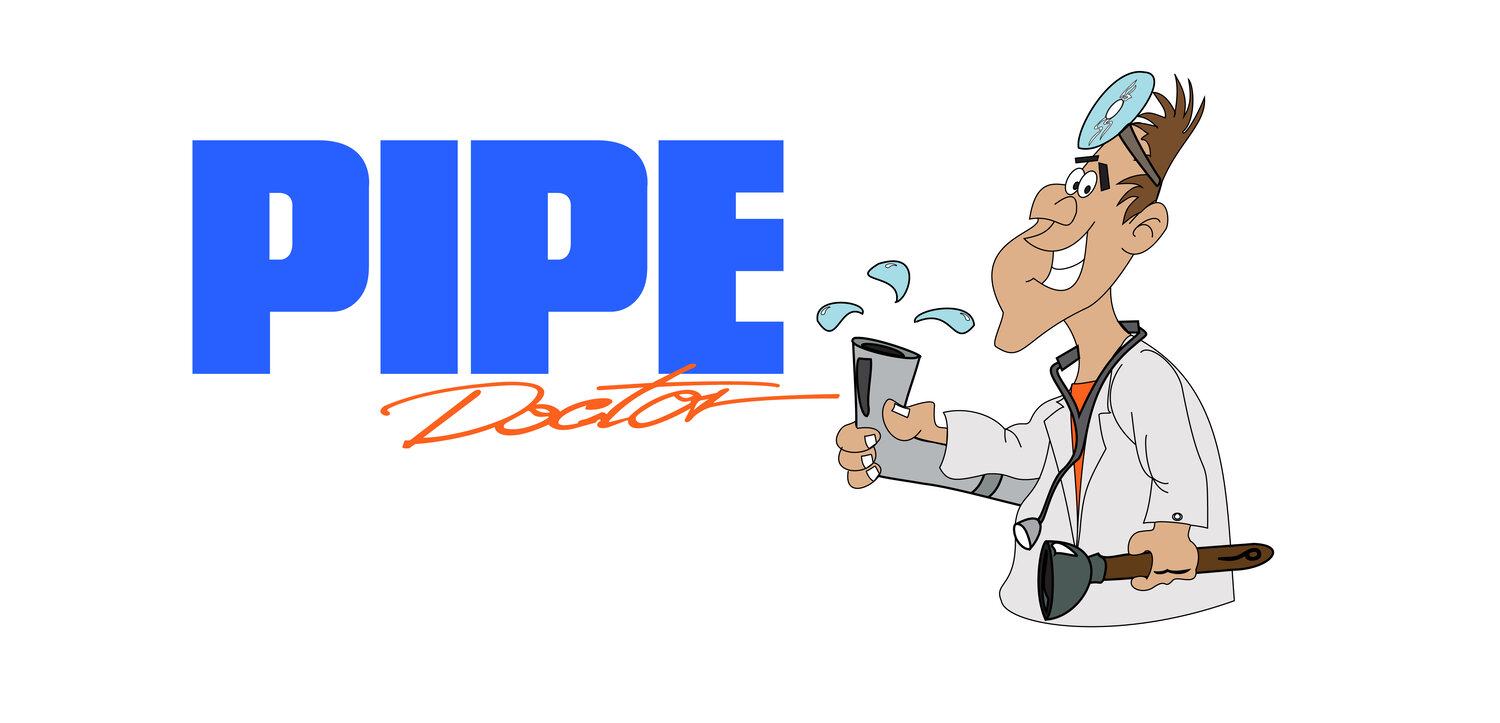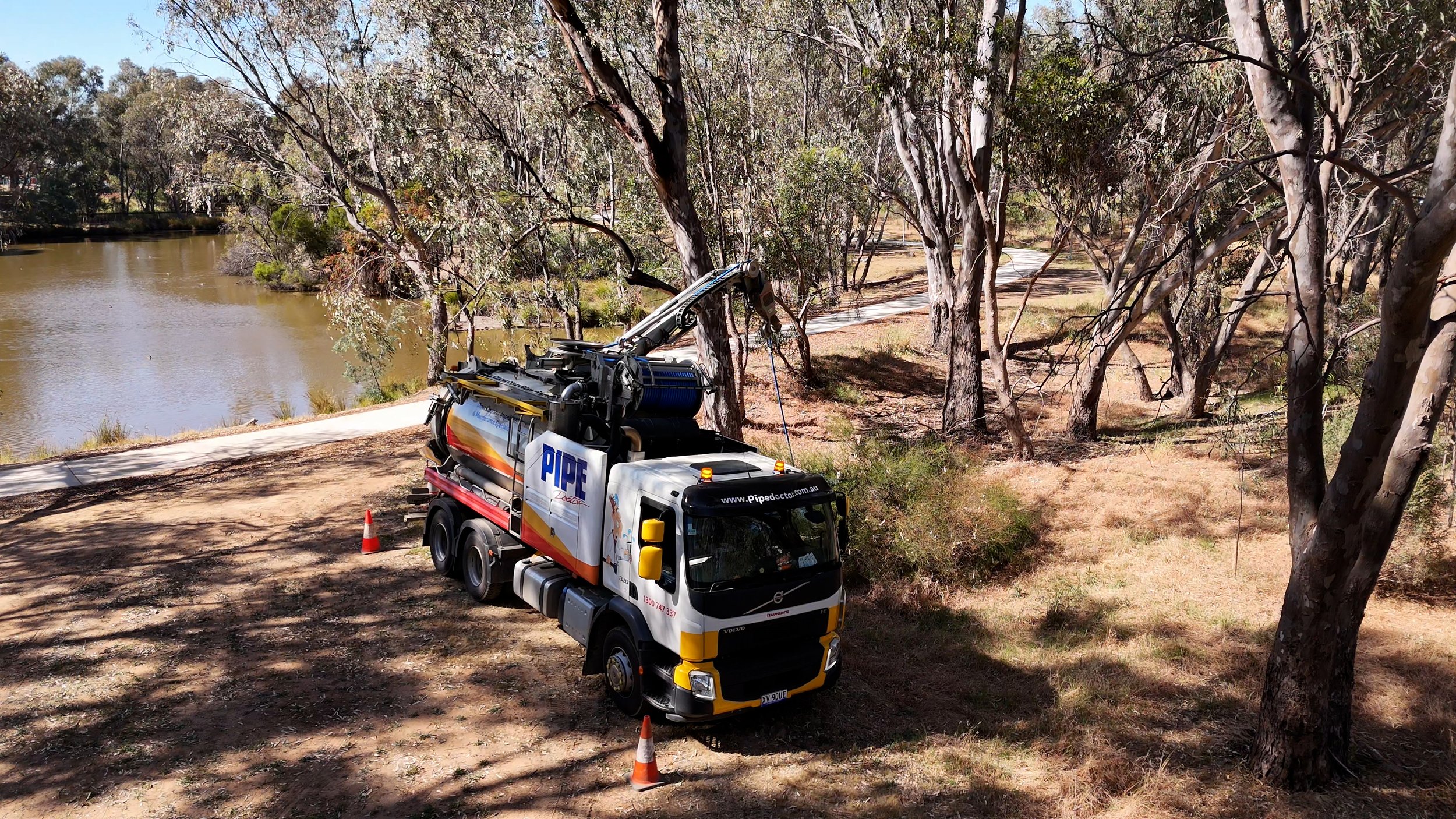Stormwater flooding: how to prevent it, what to do if it happens and how to fix the damage.
Stormwater flooding can occur for many reasons. Excessive rain, blocked drains, collapsed pipes and poorly planned drainage systems are all common causes of flooding. Whatever the cause, overflowing water can cause a lot of damage to buildings and contents. But did you know it's just as likely to be caused by preventable home maintenance failings as natural weather phenomena?
With the ever-increasing changes to our climate and weather events such as La Nina, the likelihood of heavy rain and flooding is increasing. It is becoming increasingly important for property owners to familiarise themselves with ways to protect their property from future flooding and mitigate damage when flooding occurs. A little preventative maintenance will go a long way to safeguarding your property from damage caused by stormwater flooding.
Storm Water Flooding: What is it?
Stormwater flooding is a common problem when rainwater flows over land and collects in low-lying areas. It may occur on a small scale due to heavy rainfall or on a larger scale due to the failure of drainage systems. Flooding is often associated with heavy rain, which can cause rivers and streams to overflow their banks and flood surrounding areas and can result in water entering your home through doors, patios, cracks in the roof, walls, floors or gutters.
It's important to remember that flooding and sewer spills also occur during dry periods, primarily due to preventable plumbing problems such as burst pipes or blocked drains. It can cause severe property damage that is easy to prevent with regular maintenance to ensure your drains are clear and free of obstructions.
Storm Water Flooding: Prevention Tips
Stormwater flooding associated with weather phenomena may seem overwhelming as its typically caused by factors beyond your control. But in truth, many flood prevention measures are often overlooked. The best way to prevent flooding is to ensure you know how to prepare for a flood before it happens.
Keep an eye on your local weather and flood risk.
No matter where you live, identifying whether your property is vulnerable to flooding can make the difference between protected and damaged property.
Be proactive and create a plan to reduce the likelihood of flooding.
Take measurements of the land and buildings, assess the risk of water entering the property and identify any potential sources of water damage.
Be considerate when landscaping to steer the water away from your property as much as possible.
Keep a supply of door barriers and sandbags on hand, just in case.
Fix cracked pipes straight away.
The leading cause of water damage within a home is usually due to burst pipes. Resolving problems before weather events will help mitigate the risk of burst pipes.
Ensure the fittings and seals on appliances and fixtures are in good repair.
Repair any leaks as quickly as possible.
Replace or repair any damaged pipes as soon as you notice the damage.
Regularly clean your stormwater drains.
Periodical drain cleaning can prevent debris and is a great way to keep your home safe from flooding.
Remove and clear away leaves and debris from grates and drain openings.
Trim any vegetation surrounding stormwater drains that may contribute to blockages.
Avoid using any chemicals to clear your stormwater drains. If you find a blockage in your stormwater system, call a drainage specialist with a high-pressure water jetting machine to clear the drain and flush out the system.
Maintain your gutters and downpipes.
Overflowing gutters and downpipes can lead to water entering rood cavities and flooding ceilings or walls, damaging roof timbers or property foundations. Cleaning debris from your gutters and downpipes a couple of times a year will ensure runoff flows off your roof and into your stormwater drainage.
Remove leaves, moss, grass and debris from gutters and downpipes.
Replace or repair any damaged flashings, gutters, or downpipes.
Use a garden hose to check that gutters are freely draining towards downpipes or outlets and that they do not hold any water.
Know your drainage system
Being proactive on a sunny day will give you confidence in your drainage system effectively working on a rainy one.
Arrange for a CCTV drainage inspection to locate and identify connections, water flow issues, system capacities and overall drainage conditions.
Address any identified issues, such as blockages, displaced joints, root intrusions or damaged pipes, before they escalate.
Assess your drainage systems capacities and needs when considering a renovation, landscaping, or installing a pool so that you can incorporate additional drainage if required
Stormwater drainage systems often get forgotten until something goes wrong, but they are essential to keeping your property safe and healthy. Ensuring your stormwater drainage system is working well will help prevent water damage and flooding, which could lead to severe problems if not dealt with promptly. Pipe Doctor is always on hand with a range of services to ensure your drains are working correctly.
Our expert team can conduct regular maintenance checks to inspect your pipes and sewers for leaks and blockages, so you know if there's anything amiss. We'll also clean out any blockages and clear away debris to keep your drainage systems free-flowing. This way, you can enjoy a healthier environment without worrying about flooding.
When you have a drainage disaster, you can count on us to get you back up and running.
“Knock, Knock, Pipe Doctor” 1300 747 337












